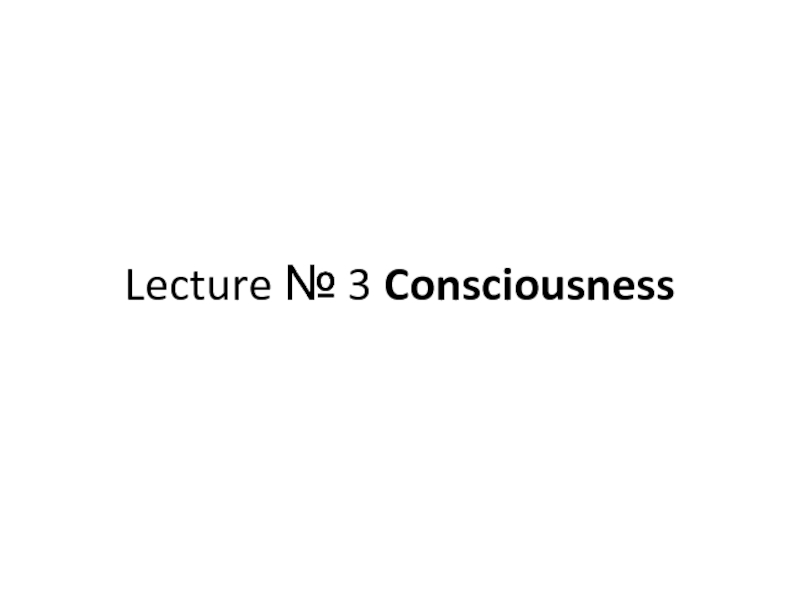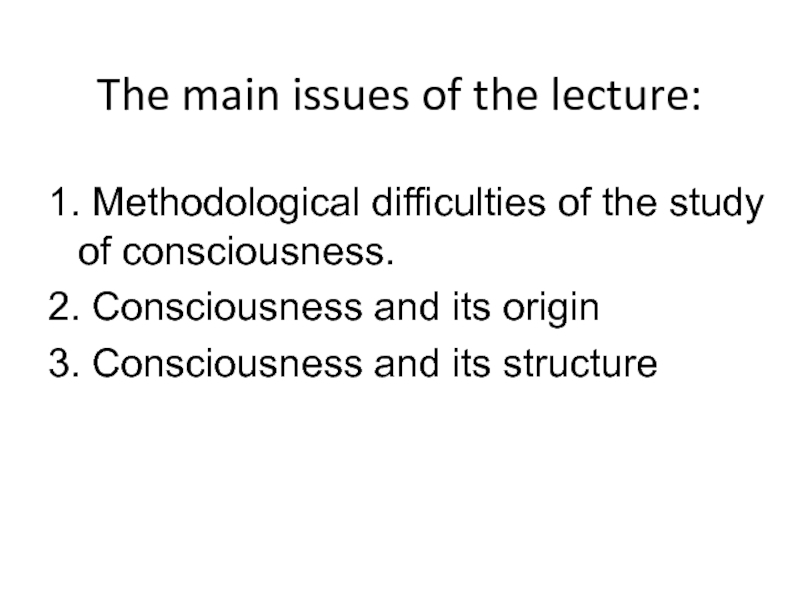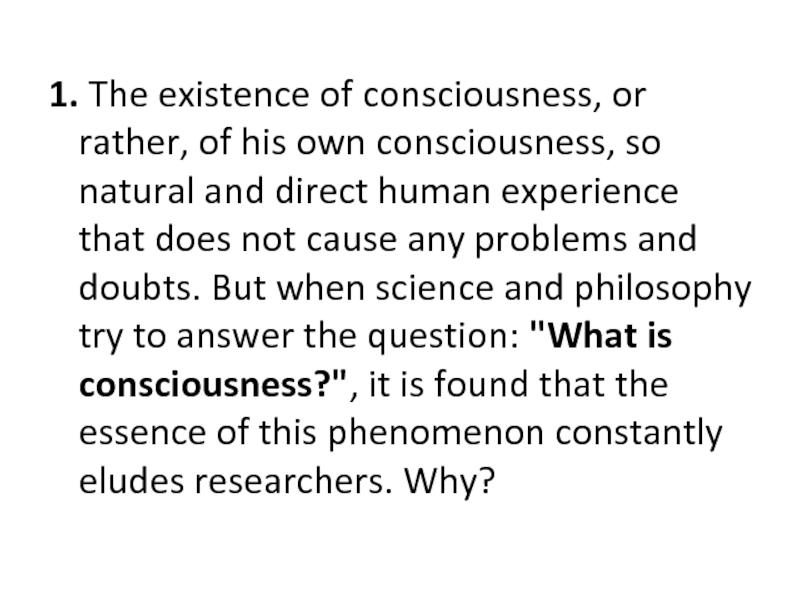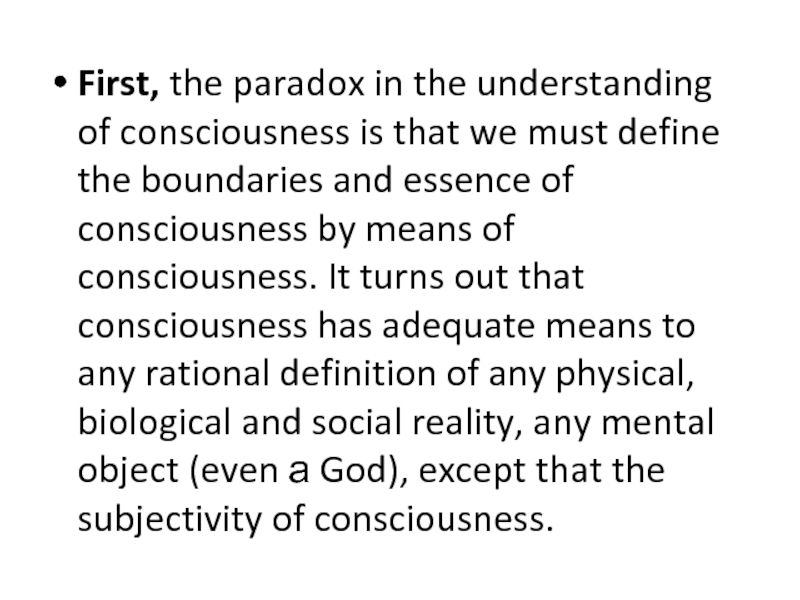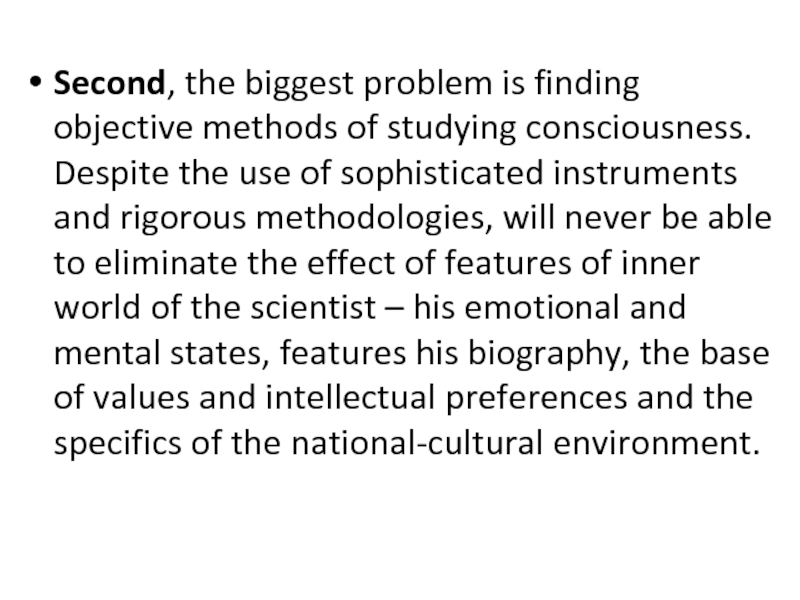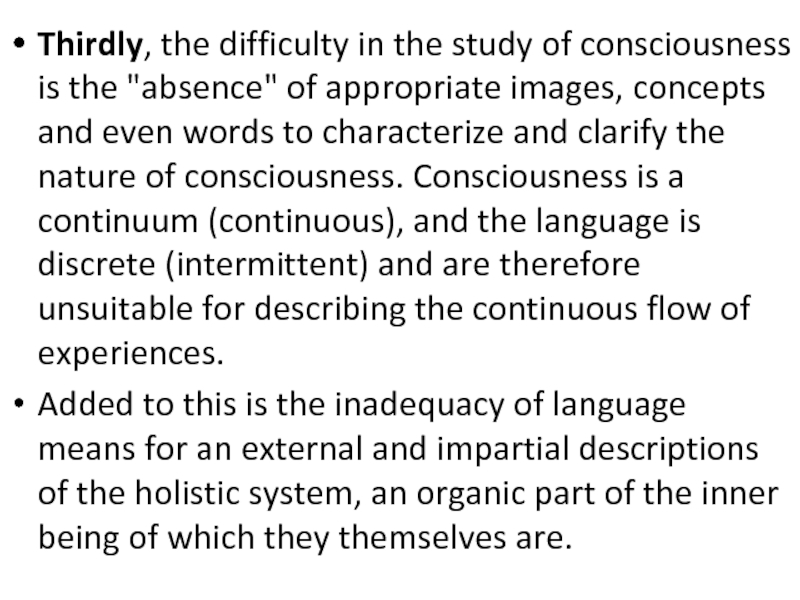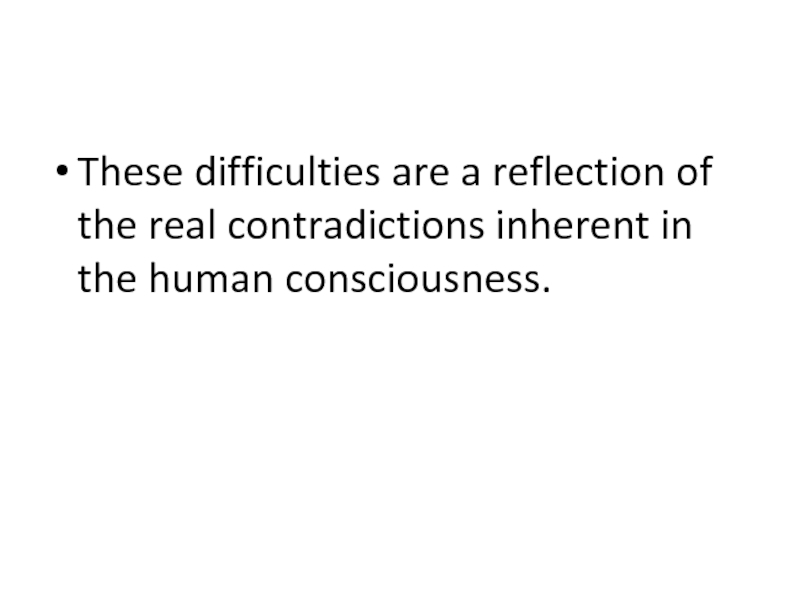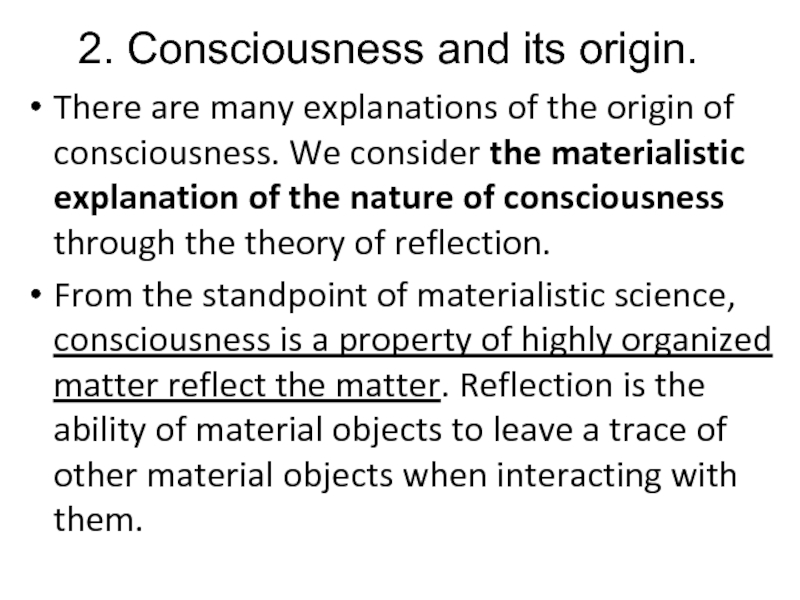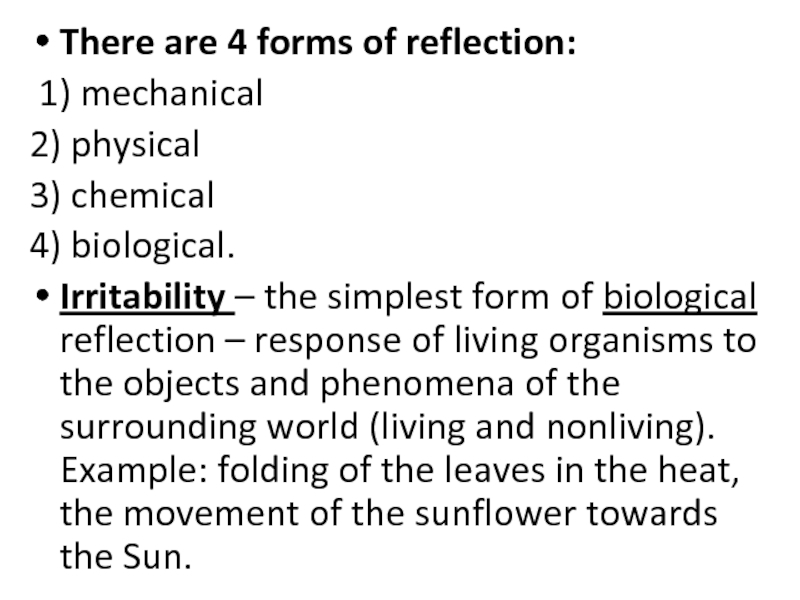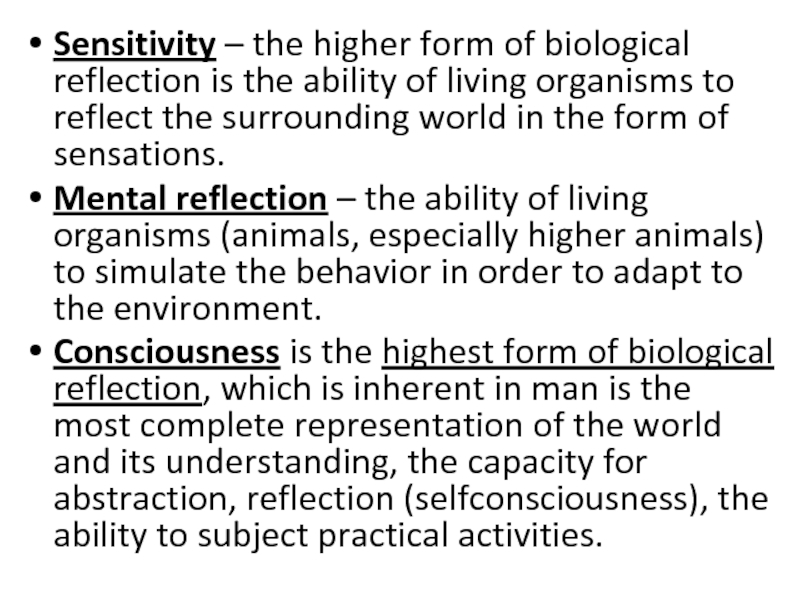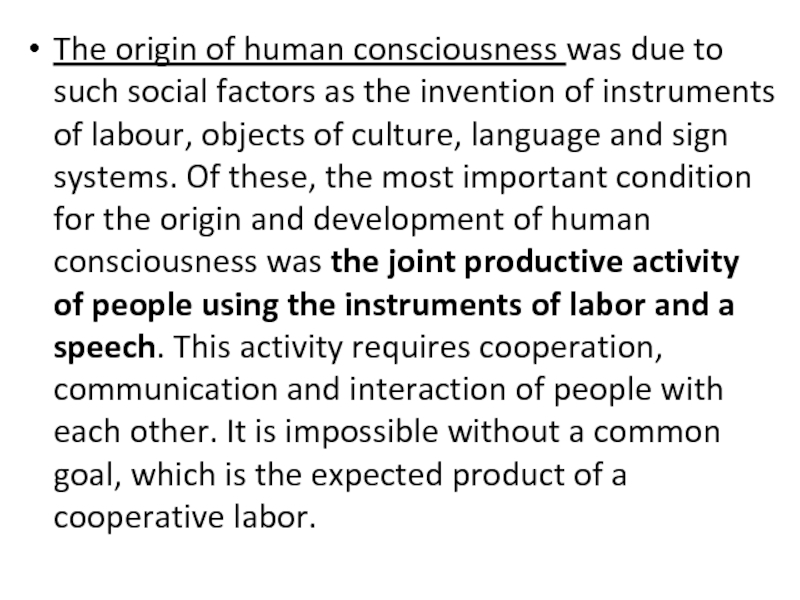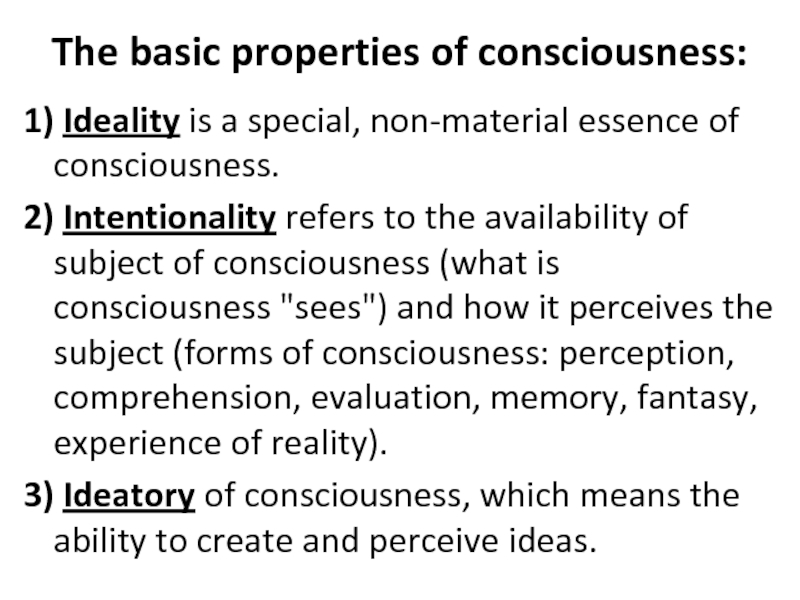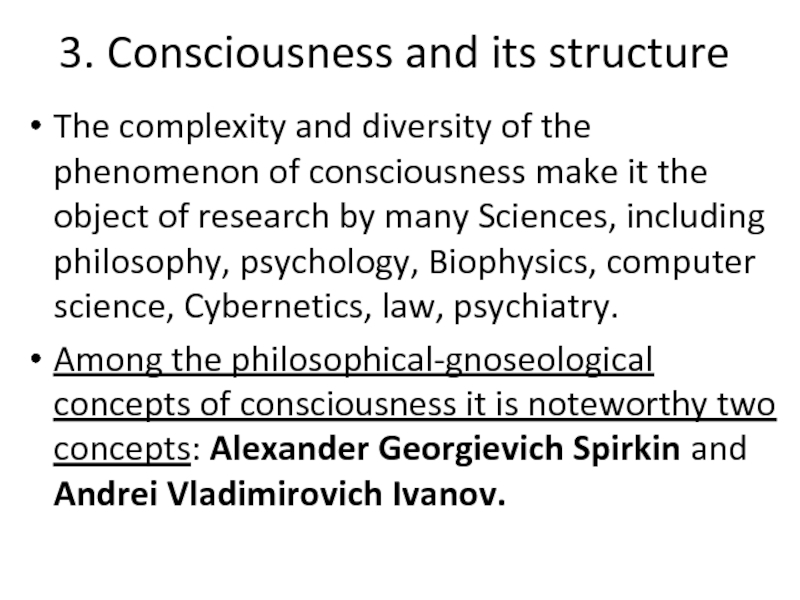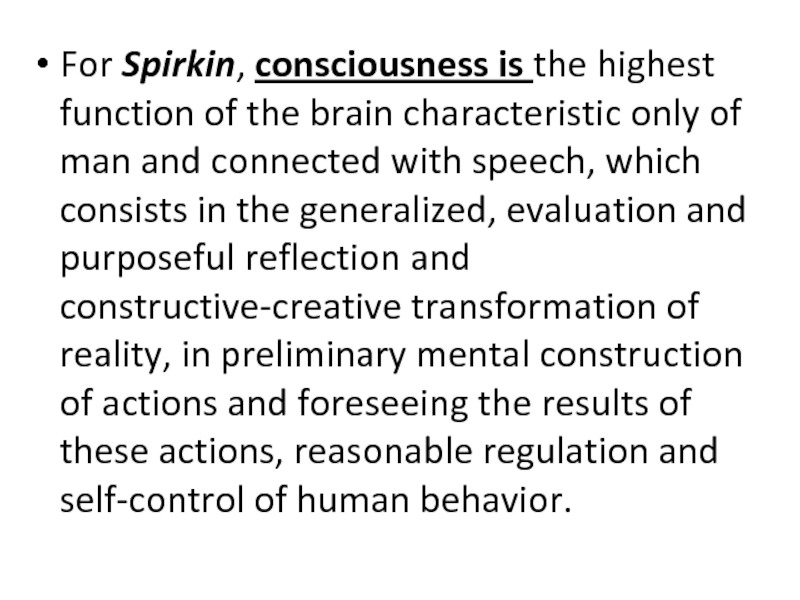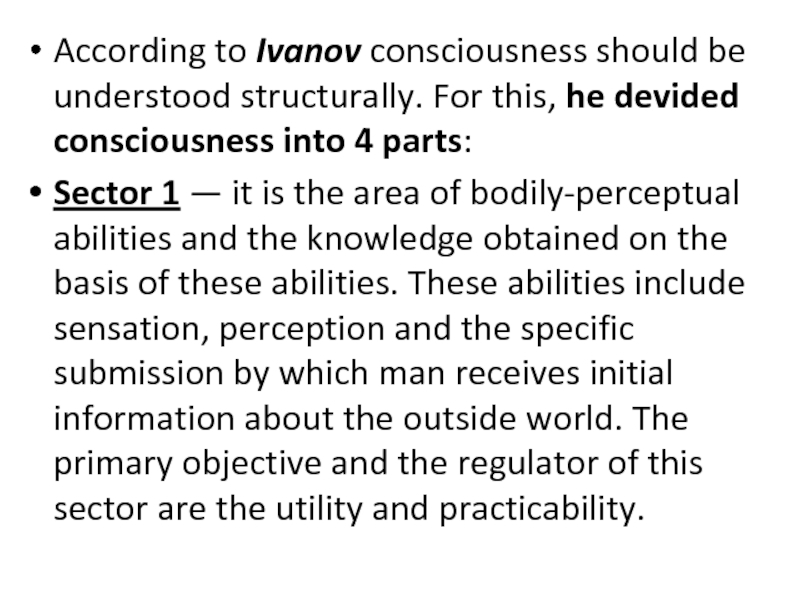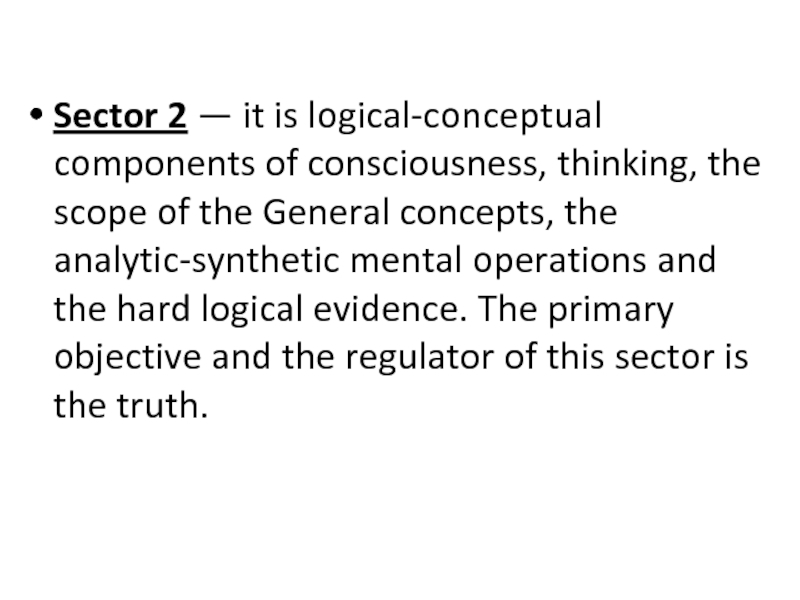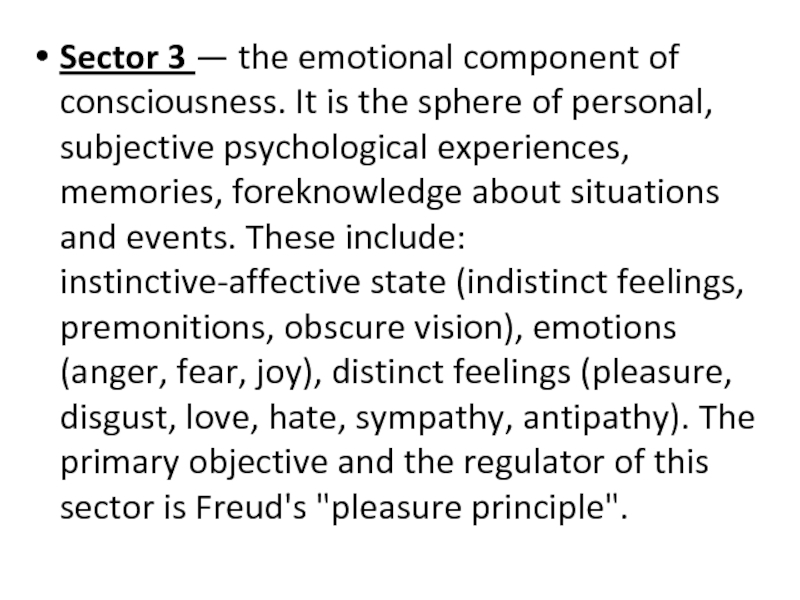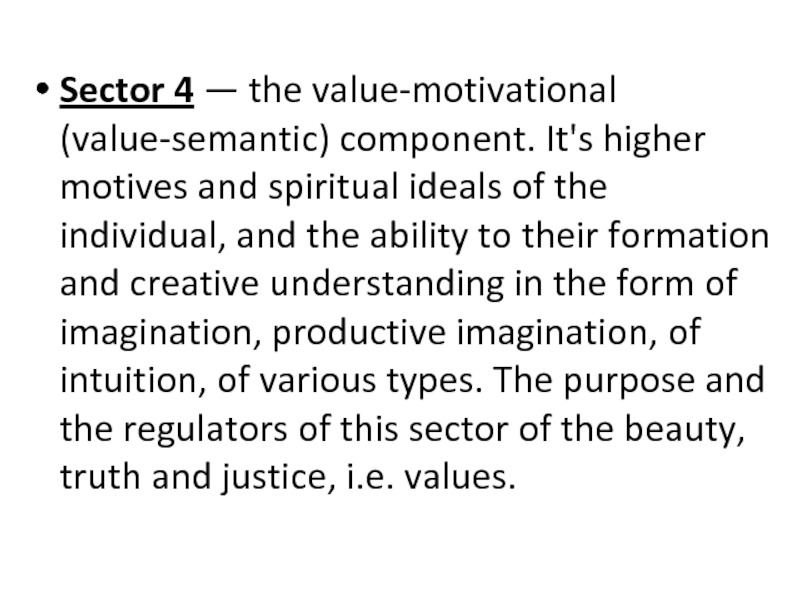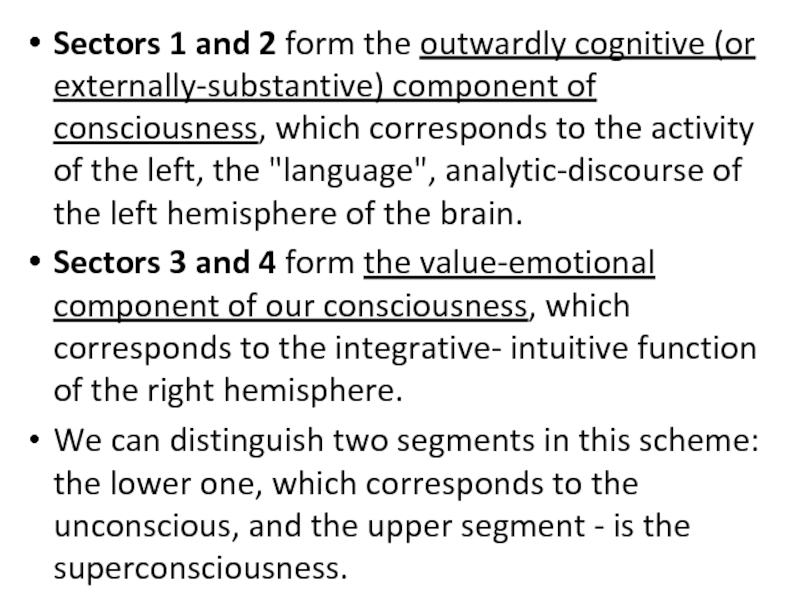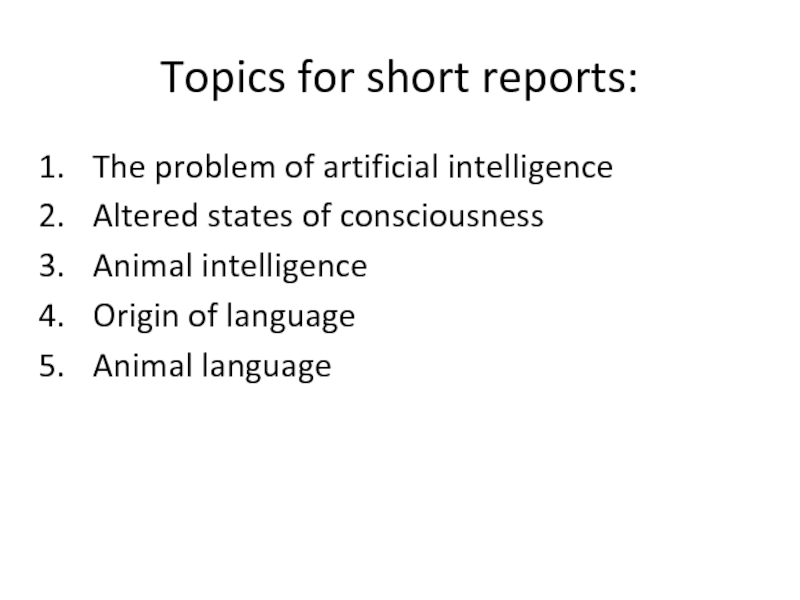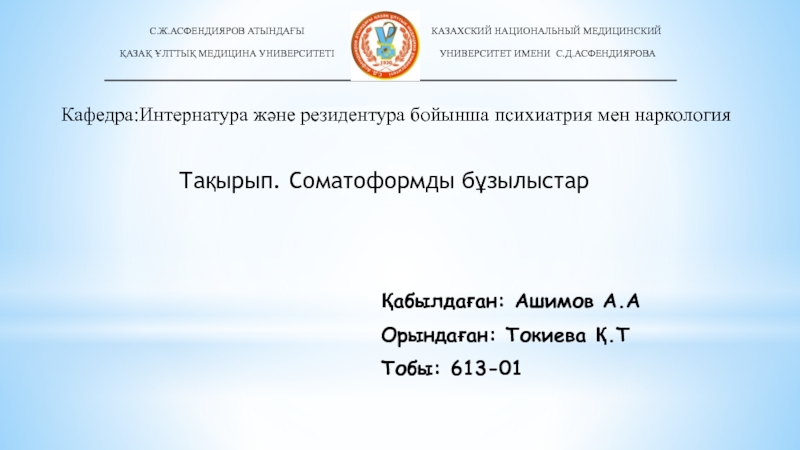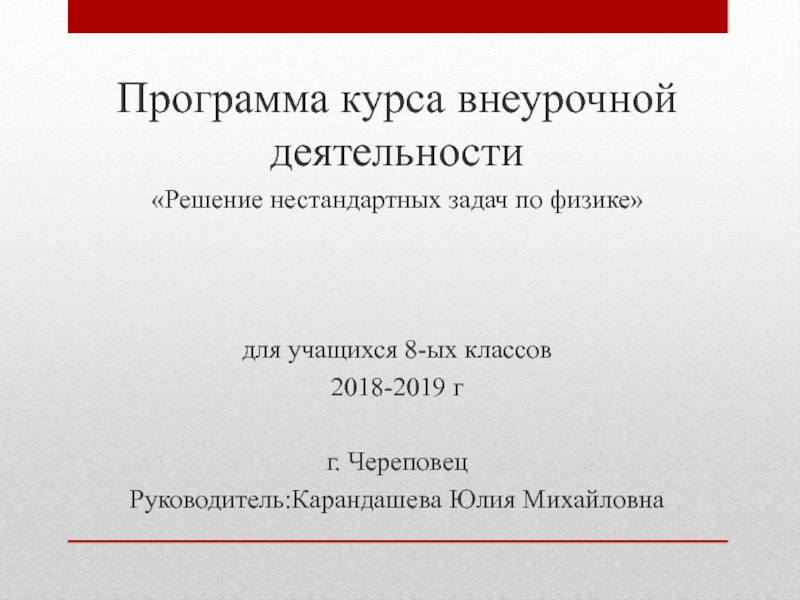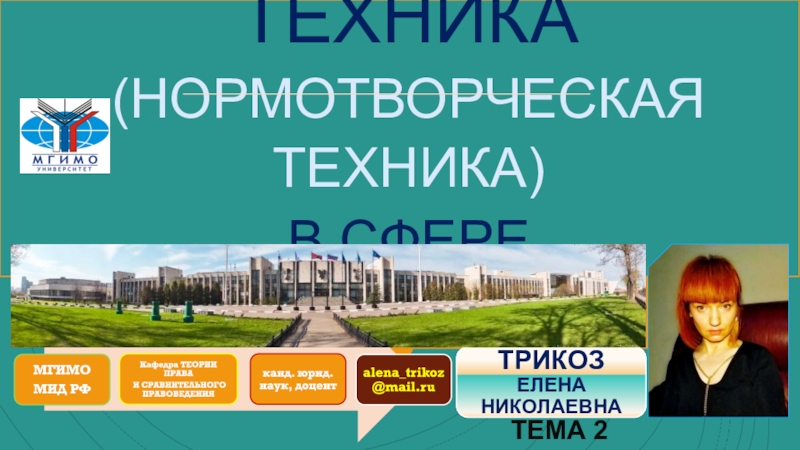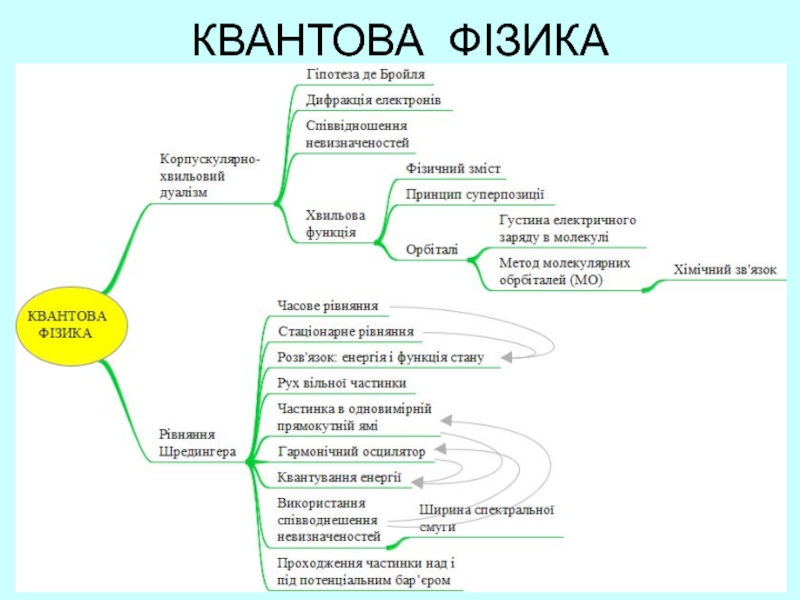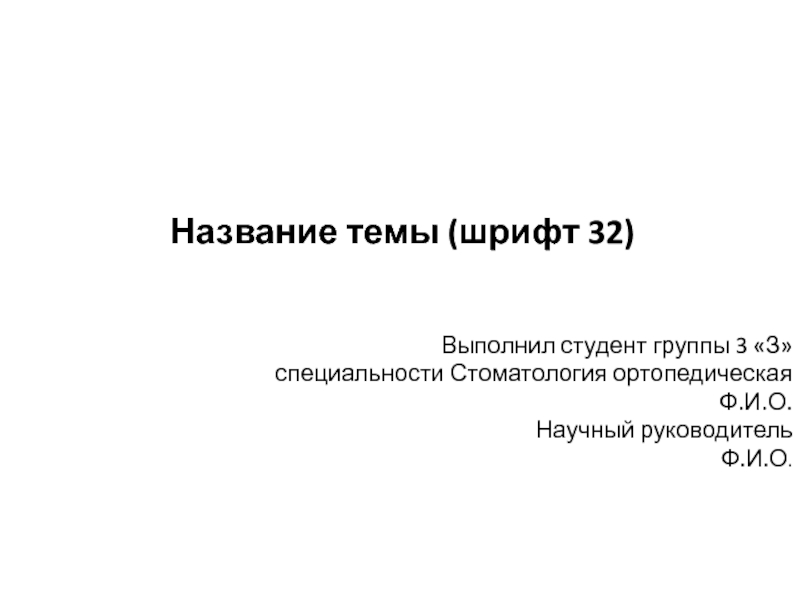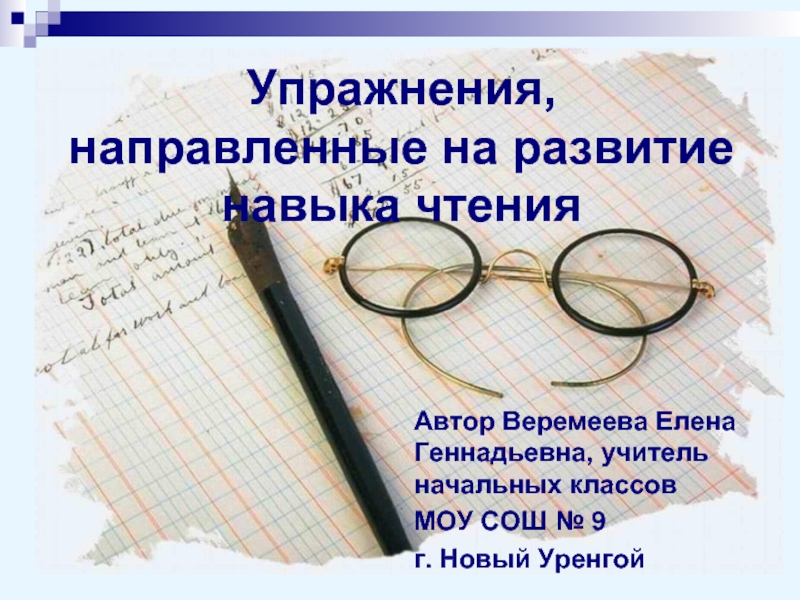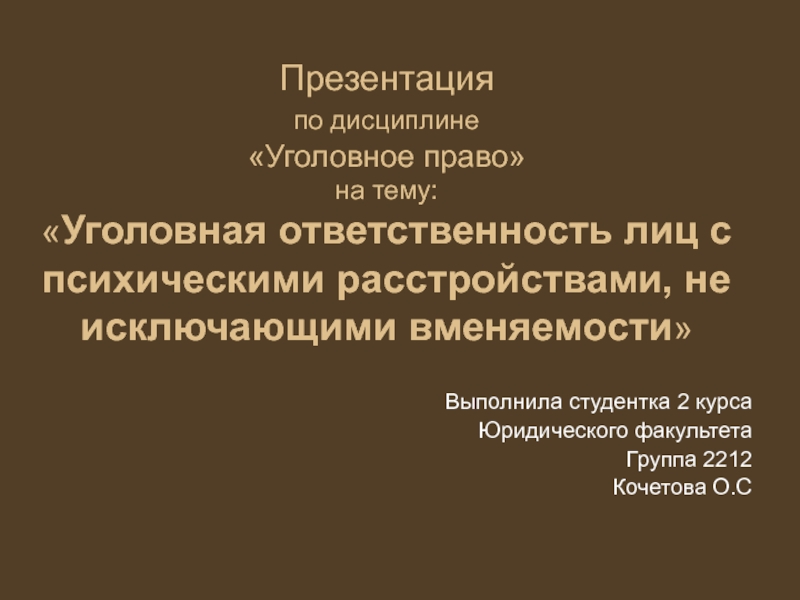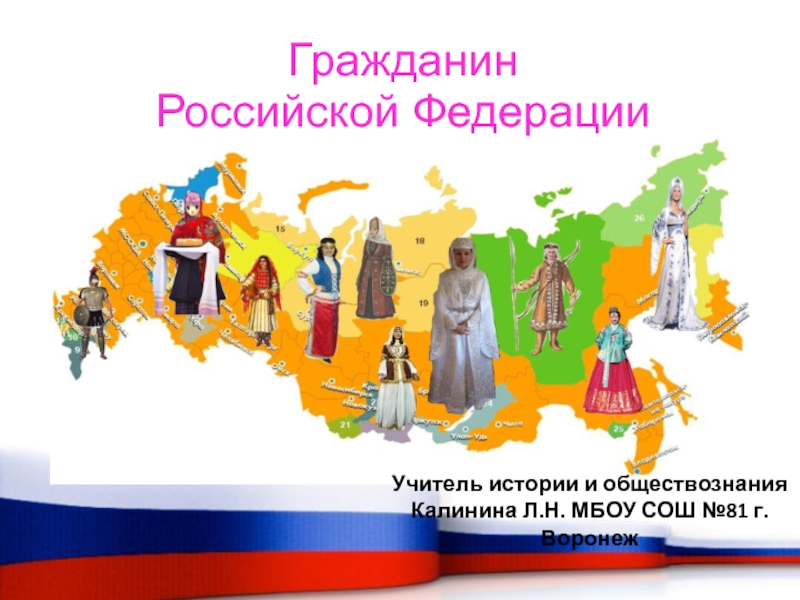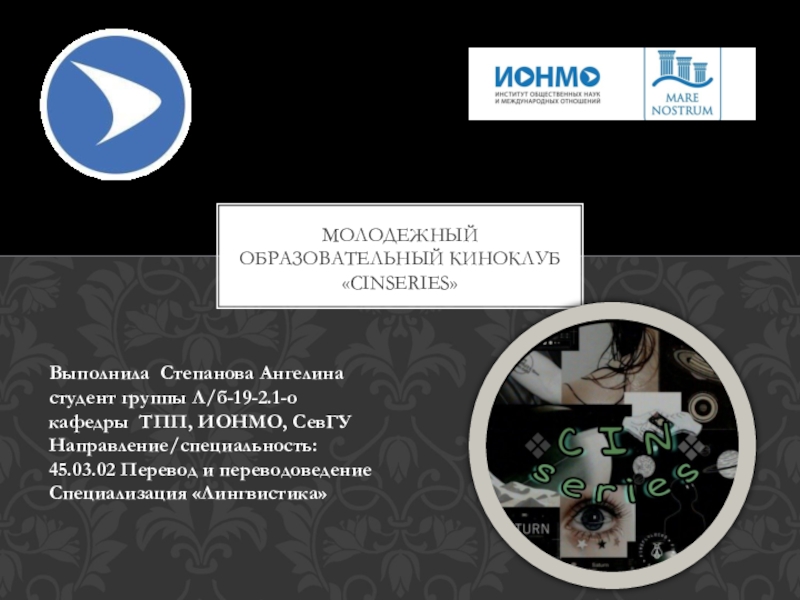Разделы презентаций
- Разное
- Английский язык
- Астрономия
- Алгебра
- Биология
- География
- Геометрия
- Детские презентации
- Информатика
- История
- Литература
- Математика
- Медицина
- Менеджмент
- Музыка
- МХК
- Немецкий язык
- ОБЖ
- Обществознание
- Окружающий мир
- Педагогика
- Русский язык
- Технология
- Физика
- Философия
- Химия
- Шаблоны, картинки для презентаций
- Экология
- Экономика
- Юриспруденция
Lecture № 3 Consciousness
Содержание
- 1. Lecture № 3 Consciousness
- 2. The main issues of the lecture: 1.
- 3. 1. The existence of consciousness, or rather,
- 4. First, the paradox in the understanding of
- 5. Second, the biggest problem is finding objective
- 6. Thirdly, the difficulty in the study of
- 7. These difficulties are a reflection of the real contradictions inherent in the human consciousness.
- 8. 2. Consciousness and its origin.There are many
- 9. There are 4 forms of reflection: 1)
- 10. Sensitivity – the higher form of biological
- 11. The origin of human consciousness was due
- 12. The basic properties of consciousness: 1) Ideality
- 13. 3. Consciousness and its structureThe complexity and
- 14. For Spirkin, consciousness is the highest function
- 15. According to Ivanov consciousness should be understood
- 16. Sector 2 — it is logical-conceptual components
- 17. Sector 3 — the emotional component of
- 18. Sector 4 — the value-motivational (value-semantic) component.
- 19. Sectors 1 and 2 form the outwardly
- 20. Topics for short reports:The problem of artificial intelligenceAltered states of consciousnessAnimal intelligenceOrigin of languageAnimal language
- 21. Thank you for attention!
- 22. Скачать презентанцию
The main issues of the lecture: 1. Methodological difficulties of the study of consciousness.2. Consciousness and its origin3. Consciousness and its structure
Слайды и текст этой презентации
Слайд 2The main issues of the lecture:
1. Methodological difficulties of
the study of consciousness.
its structureСлайд 31. The existence of consciousness, or rather, of his own
consciousness, so natural and direct human experience that does not
cause any problems and doubts. But when science and philosophy try to answer the question: "What is consciousness?", it is found that the essence of this phenomenon constantly eludes researchers. Why?Слайд 4First, the paradox in the understanding of consciousness is that
we must define the boundaries and essence of consciousness by
means of consciousness. It turns out that consciousness has adequate means to any rational definition of any physical, biological and social reality, any mental object (even а God), except that the subjectivity of consciousness.Слайд 5Second, the biggest problem is finding objective methods of studying
consciousness. Despite the use of sophisticated instruments and rigorous methodologies,
will never be able to eliminate the effect of features of inner world of the scientist – his emotional and mental states, features his biography, the base of values and intellectual preferences and the specifics of the national-cultural environment.Слайд 6Thirdly, the difficulty in the study of consciousness is the
"absence" of appropriate images, concepts and even words to characterize
and clarify the nature of consciousness. Consciousness is a continuum (continuous), and the language is discrete (intermittent) and are therefore unsuitable for describing the continuous flow of experiences.Added to this is the inadequacy of language means for an external and impartial descriptions of the holistic system, an organic part of the inner being of which they themselves are.
Слайд 7These difficulties are a reflection of the real contradictions inherent
in the human consciousness.
Слайд 82. Consciousness and its origin.
There are many explanations of the
origin of consciousness. We consider the materialistic explanation of the
nature of consciousness through the theory of reflection.From the standpoint of materialistic science, consciousness is a property of highly organized matter reflect the matter. Reflection is the ability of material objects to leave a trace of other material objects when interacting with them.
Слайд 9There are 4 forms of reflection:
1) mechanical
2) physical
3) chemical
4) biological.
Irritability – the simplest form of biological reflection
– response of living organisms to the objects and phenomena of the surrounding world (living and nonliving). Example: folding of the leaves in the heat, the movement of the sunflower towards the Sun.Слайд 10Sensitivity – the higher form of biological reflection is the
ability of living organisms to reflect the surrounding world in
the form of sensations.Mental reflection – the ability of living organisms (animals, especially higher animals) to simulate the behavior in order to adapt to the environment.
Consciousness is the highest form of biological reflection, which is inherent in man is the most complete representation of the world and its understanding, the capacity for abstraction, reflection (selfconsciousness), the ability to subject practical activities.
Слайд 11The origin of human consciousness was due to such social
factors as the invention of instruments of labour, objects of
culture, language and sign systems. Of these, the most important condition for the origin and development of human consciousness was the joint productive activity of people using the instruments of labor and a speech. This activity requires cooperation, communication and interaction of people with each other. It is impossible without a common goal, which is the expected product of a cooperative labor.Слайд 12The basic properties of consciousness:
1) Ideality is a special,
non-material essence of consciousness.
2) Intentionality refers to the availability
of subject of consciousness (what is consciousness "sees") and how it perceives the subject (forms of consciousness: perception, comprehension, evaluation, memory, fantasy, experience of reality). 3) Ideatory of consciousness, which means the ability to create and perceive ideas.
Слайд 133. Consciousness and its structure
The complexity and diversity of the
phenomenon of consciousness make it the object of research by
many Sciences, including philosophy, psychology, Biophysics, computer science, Cybernetics, law, psychiatry.Among the philosophical-gnoseological concepts of consciousness it is noteworthy two concepts: Alexander Georgievich Spirkin and Andrei Vladimirovich Ivanov.
Слайд 14For Spirkin, consciousness is the highest function of the brain
characteristic only of man and connected with speech, which consists
in the generalized, evaluation and purposeful reflection and constructive-creative transformation of reality, in preliminary mental construction of actions and foreseeing the results of these actions, reasonable regulation and self-control of human behavior.Слайд 15According to Ivanov consciousness should be understood structurally. For this,
he devided consciousness into 4 parts:
Sector 1 — it
is the area of bodily-perceptual abilities and the knowledge obtained on the basis of these abilities. These abilities include sensation, perception and the specific submission by which man receives initial information about the outside world. The primary objective and the regulator of this sector are the utility and practicability.Слайд 16Sector 2 — it is logical-conceptual components of consciousness, thinking,
the scope of the General concepts, the analytic-synthetic mental operations
and the hard logical evidence. The primary objective and the regulator of this sector is the truth.Слайд 17Sector 3 — the emotional component of consciousness. It is
the sphere of personal, subjective psychological experiences, memories, foreknowledge about
situations and events. These include: instinctive-affective state (indistinct feelings, premonitions, obscure vision), emotions (anger, fear, joy), distinct feelings (pleasure, disgust, love, hate, sympathy, antipathy). The primary objective and the regulator of this sector is Freud's "pleasure principle".Слайд 18Sector 4 — the value-motivational (value-semantic) component. It's higher motives
and spiritual ideals of the individual, and the ability to
their formation and creative understanding in the form of imagination, productive imagination, of intuition, of various types. The purpose and the regulators of this sector of the beauty, truth and justice, i.e. values.Слайд 19Sectors 1 and 2 form the outwardly cognitive (or externally-substantive)
component of consciousness, which corresponds to the activity of the
left, the "language", analytic-discourse of the left hemisphere of the brain.Sectors 3 and 4 form the value-emotional component of our consciousness, which corresponds to the integrative- intuitive function of the right hemisphere.
We can distinguish two segments in this scheme: the lower one, which corresponds to the unconscious, and the upper segment - is the superconsciousness.
